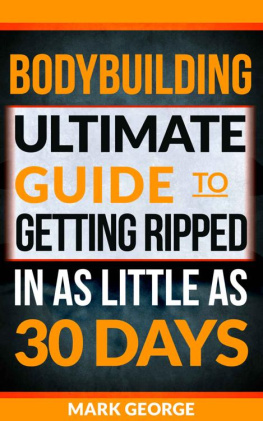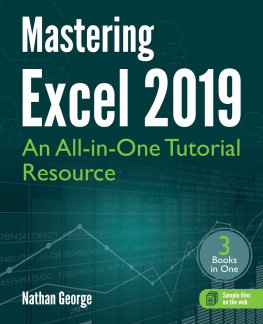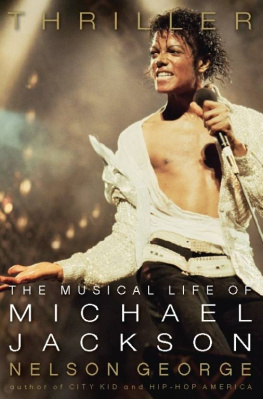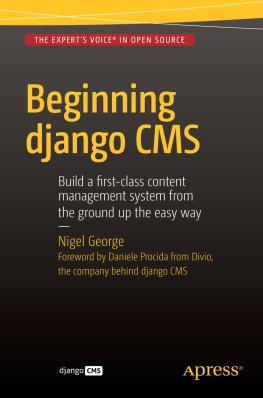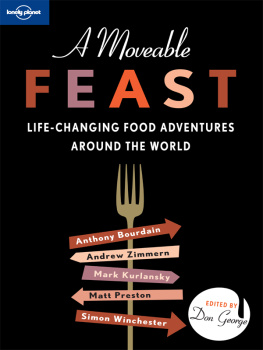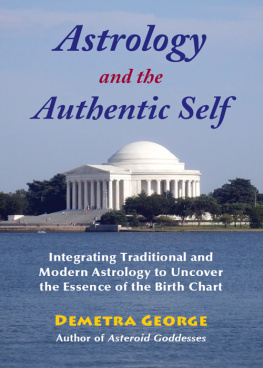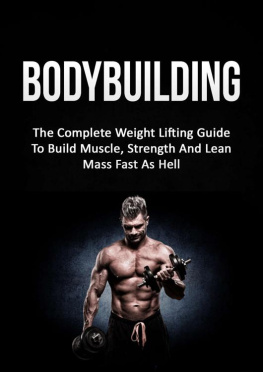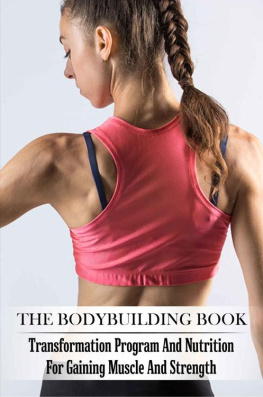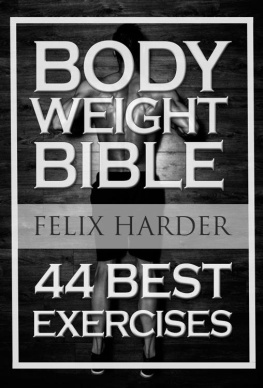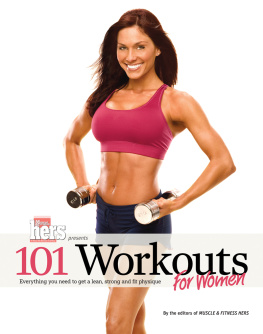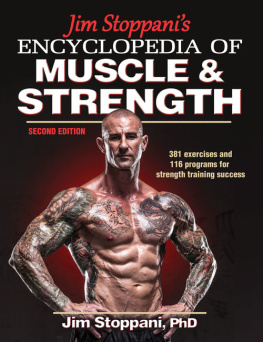BODYBUILDING
Ultimate guide to getting ripped in as little as 30 days
Table of Contents
Copyright 2016 by Mark George - All rights reserved.
The follow eBook is reproduced below with the goal of providing information that is as accurate and reliable as possible. Regardless, purchasing this eBook can be seen as consent to the fact that both the publisher and the author of this book are in no way experts on the topics discussed within and that any recommendations or suggestions that are made herein are for entertainment purposes only. Professionals should be consulted as needed prior to undertaking any of the action endorsed herein.
This declaration is deemed fair and valid by both the American Bar Association and the Committee of Publishers Association and is legally binding throughout the United States.
Furthermore, the transmission, duplication or reproduction of any of the following work including specific information will be considered an illegal act irrespective of if it is done electronically or in print. This extends to creating a secondary or tertiary copy of the work or a recorded copy and is only allowed with express written consent from the Publisher. All additional right reserved.
The information in the following pages is broadly considered to be a truthful and accurate account of facts and as such any inattention, use or misuse of the information in question by the reader will render any resulting actions solely under their purview. There are no scenarios in which the publisher or the original author of this work can be in any fashion deemed liable for any hardship or damages that may befall them after undertaking information described herein.
Additionally, the information in the following pages is intended only for informational purposes and should thus be thought of as universal. As befitting its nature, it is presented without assurance regarding its prolonged validity or interim quality. Trademarks that are mentioned are done without written consent and can in no way be considered an endorsement from the trademark holder.
Introduction
Congratulations on downloading Bodybuilding: Ultimate guide to getting ripped in as little as 30 days, and thank you for doing so. In todays busy world, it is sometimes difficult to keep up with the routines that help us stay healthy. We are so busy rushing back and forth we may find it difficult to find the time to exercise. But thats only half of it. We may be lacking motivation, or we may feel that exercising is overwhelming when we are not sure what to do, why we need to do it, and where to start. How can we find a method that works for us: what are the pros and cons of the different methods and equipment?
The following chapters will discuss strength training, the best way to build muscle without adding fat, and the science behind muscle-building, among many other valuable things. Here you can learn what kinds of foods will aid you in achieving your goals (bet you didnt know foods can help you with your exercise routine, did you? Well, its true!), the importance of pre-workout stretching and the difference between high and low intensity cardio workouts, plus lots more. This information is meant to educate and motivate you, and it is our hope that you will find it helpful.
There are plenty of books on this subject on the market; thanks again for choosing this one! Every effort was made to ensure it is full of as much useful information as possible, please enjoy!
Chapter 1: Gaining Muscle While Burning Fat
People who are interested in working out often ask this question -- is it possible to gain muscle strength without loading on the fat? Recent studies have shown that it is possible, but far from easy.
One study brought important new evidence around this seemingly unreachable goal. The study involved 40 youths who suffered through four weeks of grueling exercise while at the same time reducing the energy available to them by 40 percent. These young men were not in the best shape; the goal was to drop some of their weight while preserving their muscle and improving their strength. All the subjects were given a low-calorie diet, then divided into two groups. One group received a higher allowance of protein than the other. At the end of the study, the high protein group showed significant muscle increase, while the lower protein group showed no muscle gain; however, they did not lose any muscle. The high protein group also lost more weight than the other group.
What actually happened here? To understand what went on, lets look at the biology behind the process. Its known that the body breaks down muscle tissue when we diet, but why? If we reduce our intake of calories, our energy is reduced correspondingly. Somehow, the body must compensate for this loss. To do so, it turns to the fats we carry along with the proteins in our muscles, to synthesize sugars to create energy. It follows, then, that if there is enough protein in the blood, the body will not have to fetch it from the muscle tissue. The best way to ensure this process is clear: eat plenty of protein! By plenty, strive to get 1-1/2 grams for each pound of body weight per day.
Heres something else important: homeostasis. Homeostasis means the particular tendency of the body to stay where it is. The body resists change like losing or gaining weight and it has its own apparatus set up to block incoming change. By this means it maintains steady levels of temperature and other conditions such as sugar, salt, fat, protein, calcium and oxygen in the blood. Similar systems dynamically maintain the steady state conditions in the environment of the earth.
The human body uses several different processes to control its temperature to a steady norm of 98.6 F. If the body overheats, sweating occurs, making moisture on the skin ready to evaporate. Here again, balance operates. If an athlete is sweating heavily, that is a signal to slow down and cool off.
We see then, that the state your body is in is of critical importance. At any given time, your body is in either an anabolic or a catabolic state.
Anabolic is a state wherein complex structures are built from simpler structures. Catabolic means just the opposite: reducing complex structures to simpler ones. What this means is that with only a few exceptions, it will be very difficult for most people to gain muscle without larding on the fat.
What were talking about here is your metabolism: a set of systems within the human body that allows for the interchange of energy and matter with the environment.
As human beings, we rely on our metabolism to grow and function in everyday life. Some abiotic (without life) systems form externally, like iron rust. We grow internally through metabolism to maintain our structure and our organized molecules in a more-or-less stable state. Our metabolism comprises two types of dependent phases: one phase where the energy is expended and one in which the energy is assumed.
Catabolism is the phase where complex organic compounds are disintegrated to release energy; anabolism is the stage where complex organic compounds are formed from simpler compounds to store energy. In catabolism, cells absorb molecules of, for example, glucose from its environment and disintegrates it to release energy. As soon as this energy is released, it is taken up by the specialized molecule ATP. If the energy stored by the action of ATP is employed to create more complex compounds, the process is called anabolism.
In general, materials taken up during the catabolic phase will be used in the phase called anabolic.
Carbohydrates contribute the main source of energy we receive. Secondary are lipids, resorted to when carbs are depleted, or independently when called upon. The ultimate in organic compounds are those in protein -- the first resort when forming structures or regulating processes.

